Delving into the world of supercars from the 1980s and 1990s reveals a treasure trove of forgotten legends. These vehicles, each a testament to the ingenuity and bold design choices of their era, often fly under the radar today. Yet, for car enthusiasts and collectors, they represent a fascinating chapter in automotive history, showcasing unique engineering feats and audacious aesthetics.
Vector W8
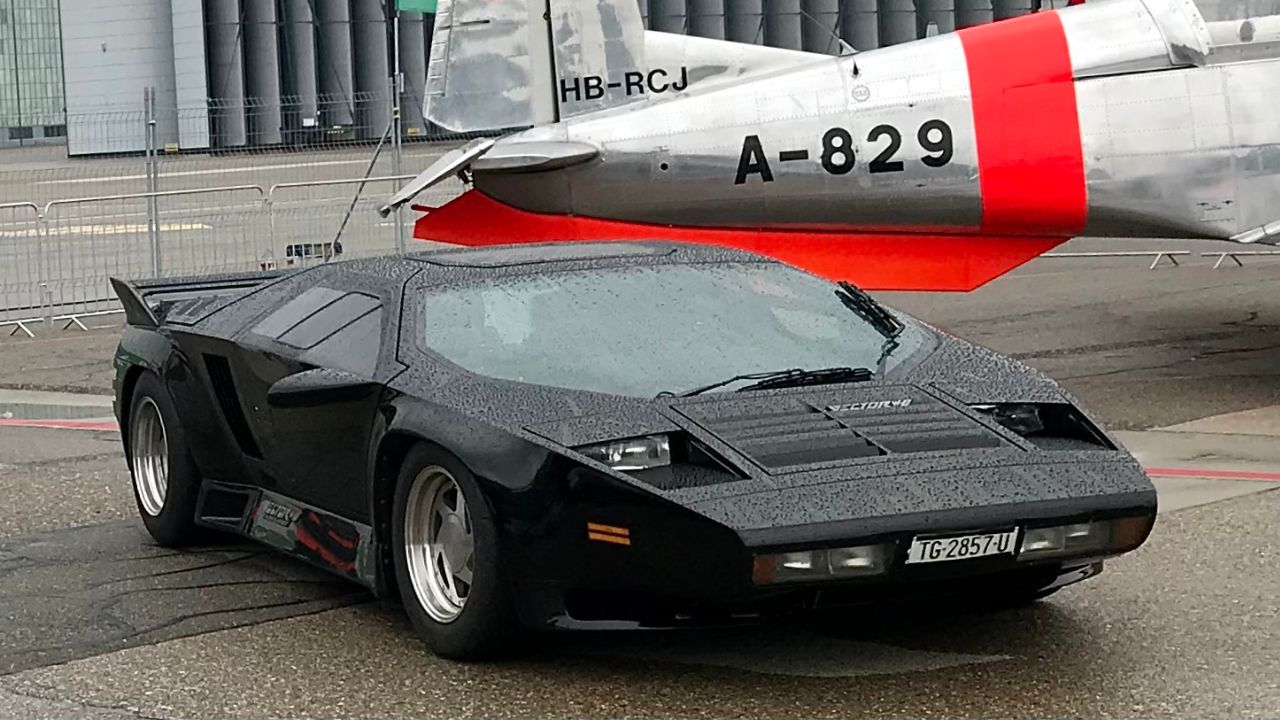
The Vector W8 stands as a testament to American innovation in the supercar realm. Produced between 1989 and 1993, this car was the brainchild of Gerald Wiegert, who aimed to create an American supercar that could rival European giants. Powered by a twin-turbocharged 6.0-liter V8 engine, the Vector W8 boasted an impressive 625 horsepower, achieving a top speed of over 200 mph, making it one of the fastest cars of its time.
Despite its performance credentials, the W8 suffered from financial difficulties within Vector Aeromotive, leading to limited production numbers. Only 17 units were ever made, making it a rare find today. The futuristic design, characterized by sharp angles and an aircraft-inspired interior, ensures that the Vector W8 remains a captivating piece of automotive history.
Cizeta-Moroder V16T
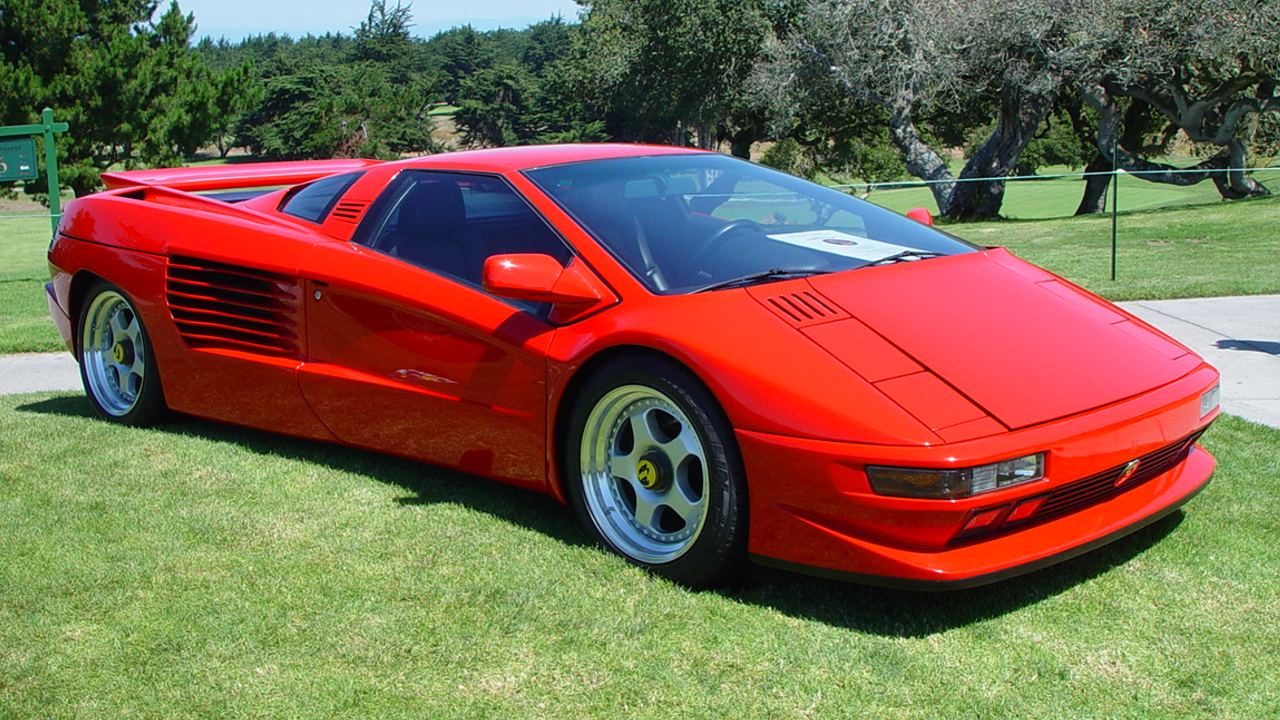
The Cizeta-Moroder V16T is a result of a collaboration between Italian engineer Claudio Zampolli and music composer Giorgio Moroder. Launched in 1991, this supercar featured an unusual transverse V16 engine, essentially two flat-plane V8s joined together, producing 540 horsepower. The design, penned by Marcello Gandini, who also designed the Lamborghini Countach, was striking with its low, wide stance and pop-up headlights.
Despite its unique engineering and celebrity associations, the Cizeta-Moroder V16T struggled to capture the market. The high production costs and limited consumer interest led to only a handful of cars being built. Today, the V16T is a rare collectible, cherished by those who appreciate its bold approach to supercar design and engineering.
Isdera Imperator 108i
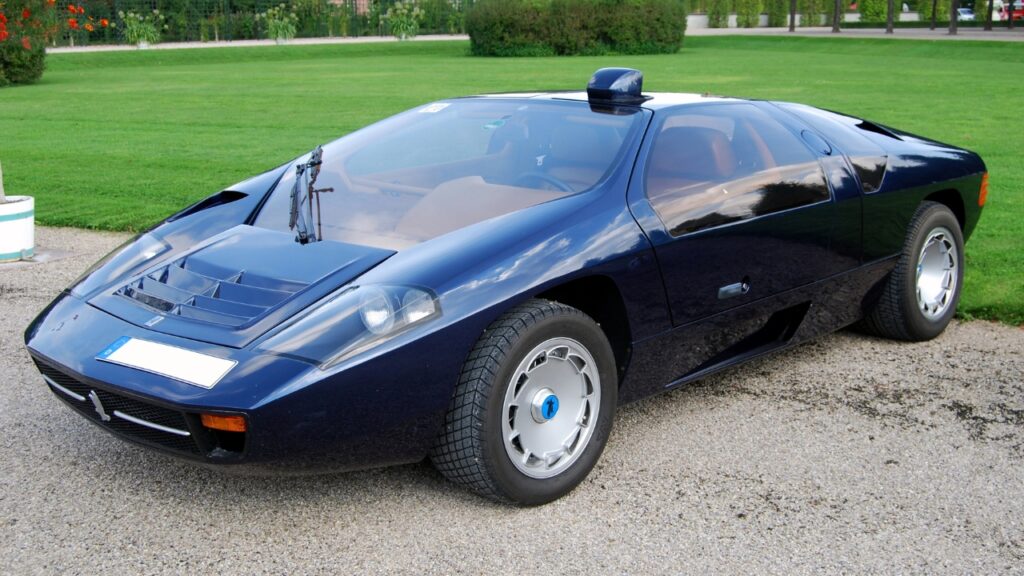
The Isdera Imperator 108i is a rare gem from the German automotive landscape. Originally conceived as a Mercedes-Benz concept, the Imperator was brought to life by Eberhard Schulz in 1984. This sleek supercar was powered by a range of Mercedes V8 engines throughout its production, offering a unique blend of German engineering and exotic styling.
With its gullwing doors and aerodynamic silhouette, the Imperator 108i turned heads wherever it went. Despite its allure, only about 30 units were ever produced, making it a rare sight on the road. Today, it’s revered by collectors for its distinctive design and its place in the niche world of boutique supercars.
Lotus Esprit Turbo SE
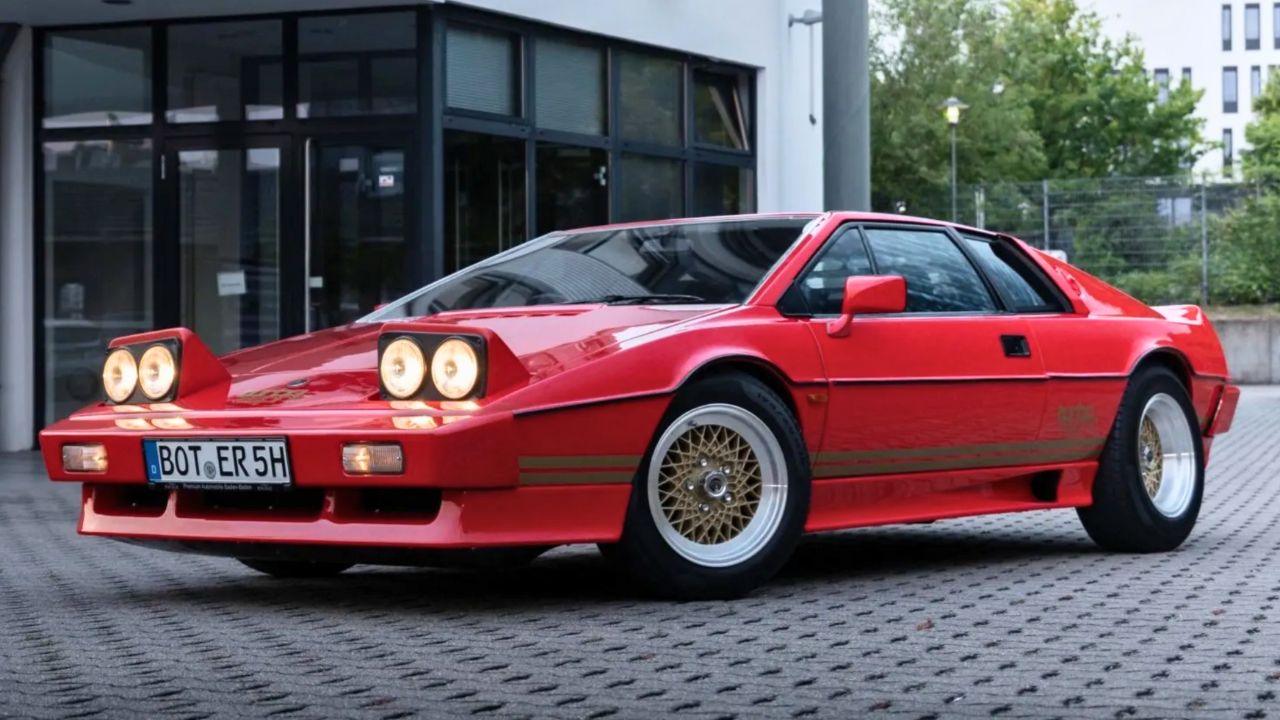
The Lotus Esprit Turbo SE, introduced in 1989, represented the pinnacle of Lotus engineering at the time. This model was powered by a 2.2-liter turbocharged engine producing 264 horsepower, allowing the lightweight Esprit to reach a top speed of 160 mph. Known for its agile handling and precise steering, the Esprit Turbo SE offered an exhilarating driving experience.
Its wedge-shaped design, a signature of Lotus, was complemented by a luxurious interior that featured leather upholstery and modern amenities for the era. The Esprit gained fame through appearances in James Bond films, reinforcing its status as a cultural icon. Today, it remains a sought-after classic for those who value its blend of performance and style.
Jaguar XJR-15
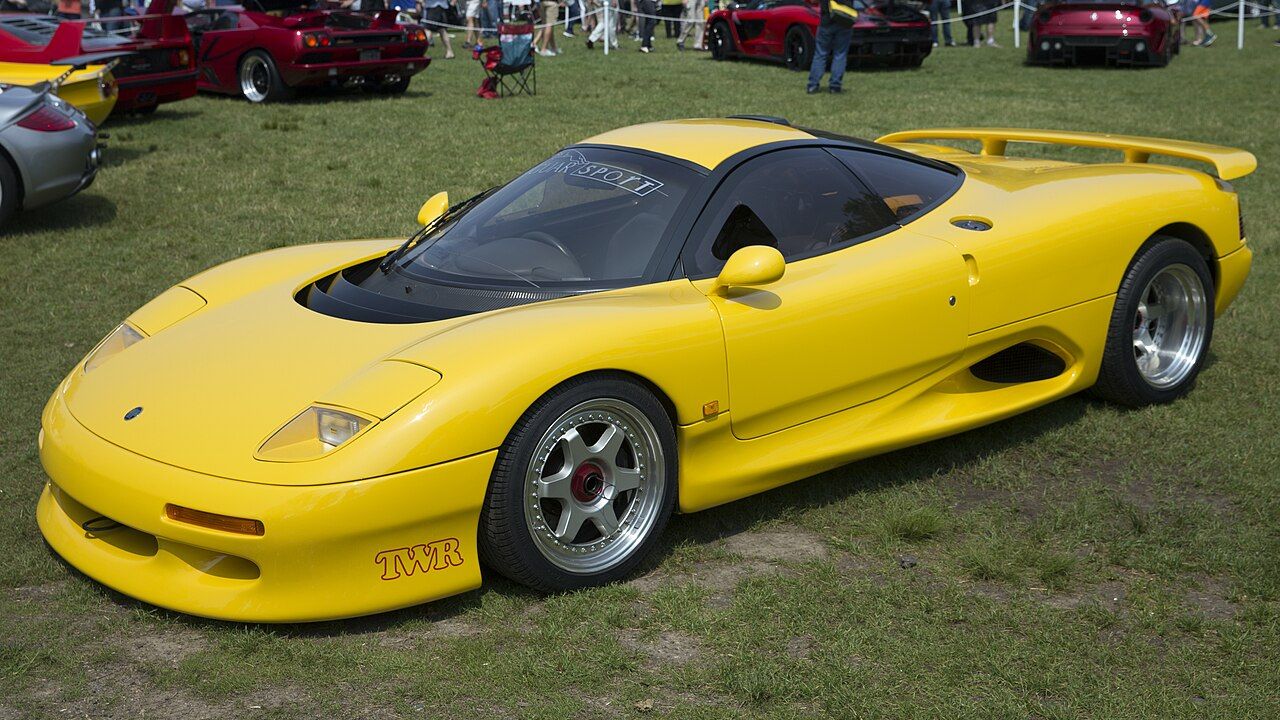
The Jaguar XJR-15 was a limited-production supercar that bridged the gap between race and road cars. Launched in 1990, it was the first road-going car to feature a carbon-fiber monocoque chassis. Powered by a 6.0-liter V12 engine producing 450 horsepower, the XJR-15 could achieve a top speed of 191 mph.
Only 53 units were produced, each tailored to the buyer’s specifications. The XJR-15’s racing pedigree was undeniable, with its design derived from the Le Mans-winning Jaguar XJR-9. Despite its exclusivity, it was overshadowed by the later Jaguar XJ220, but it remains a prized possession for collectors with a taste for racing heritage.
De Tomaso Pantera GT5-S
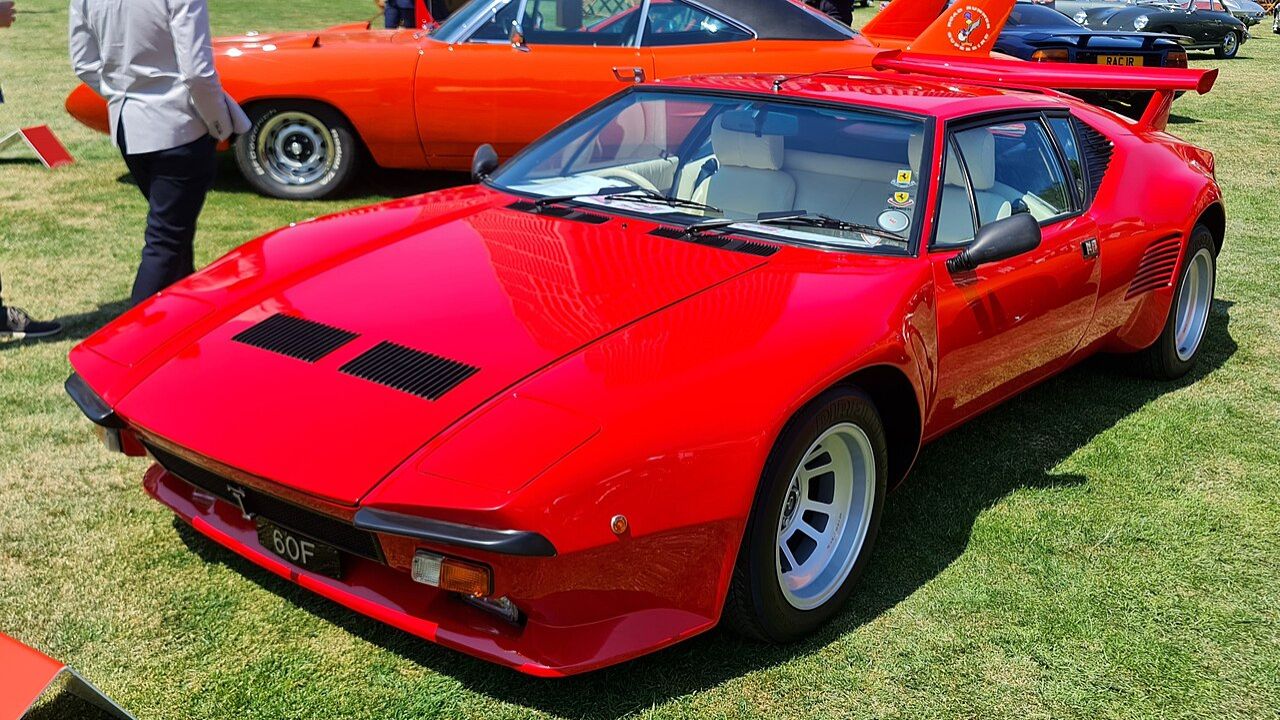
The De Tomaso Pantera GT5-S, introduced in the mid-1980s, was an evolution of the iconic Pantera, combining Italian style with American muscle. It featured a Ford-sourced 5.8-liter V8 engine that produced 345 horsepower, enabling it to reach speeds over 170 mph.
The GT5-S was distinguished by its wider bodywork and aggressive styling, including flared fenders and a prominent rear wing. With only around 182 units produced, it remains a coveted classic. The Pantera GT5-S is celebrated for its raw performance and the unique blend of Italian design and American power.
Bugatti EB110
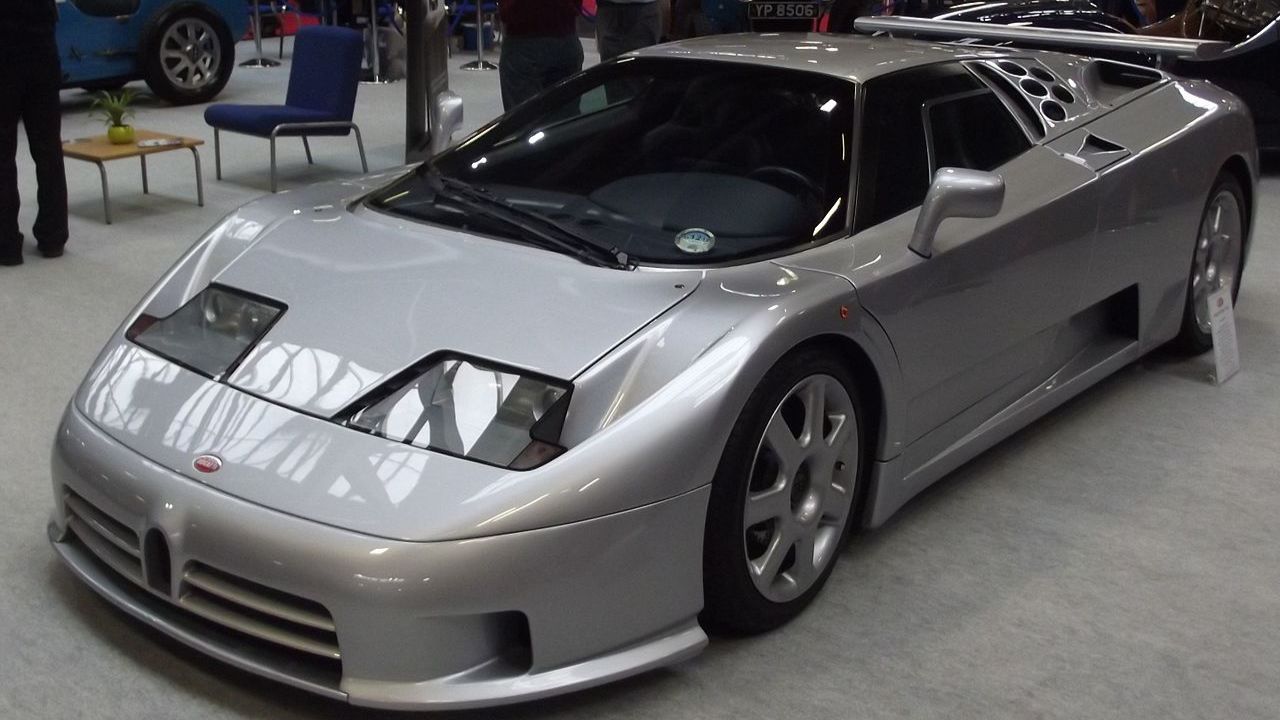
The Bugatti EB110 marked a significant chapter in Bugatti’s storied history. Launched in 1991, it was one of the most advanced supercars of its time, featuring a quad-turbocharged 3.5-liter V12 engine producing 553 horsepower. Its top speed of 212 mph set new benchmarks in the automotive world.
The EB110’s design was both futuristic and elegant, with scissor doors and a distinctive silhouette. Despite its technological prowess, production was limited due to Bugatti’s financial struggles in the mid-1990s. Today, the EB110 is a highly sought-after collector’s item, admired for its engineering excellence and unique place in Bugatti’s legacy.
Venturi Atlantique 300
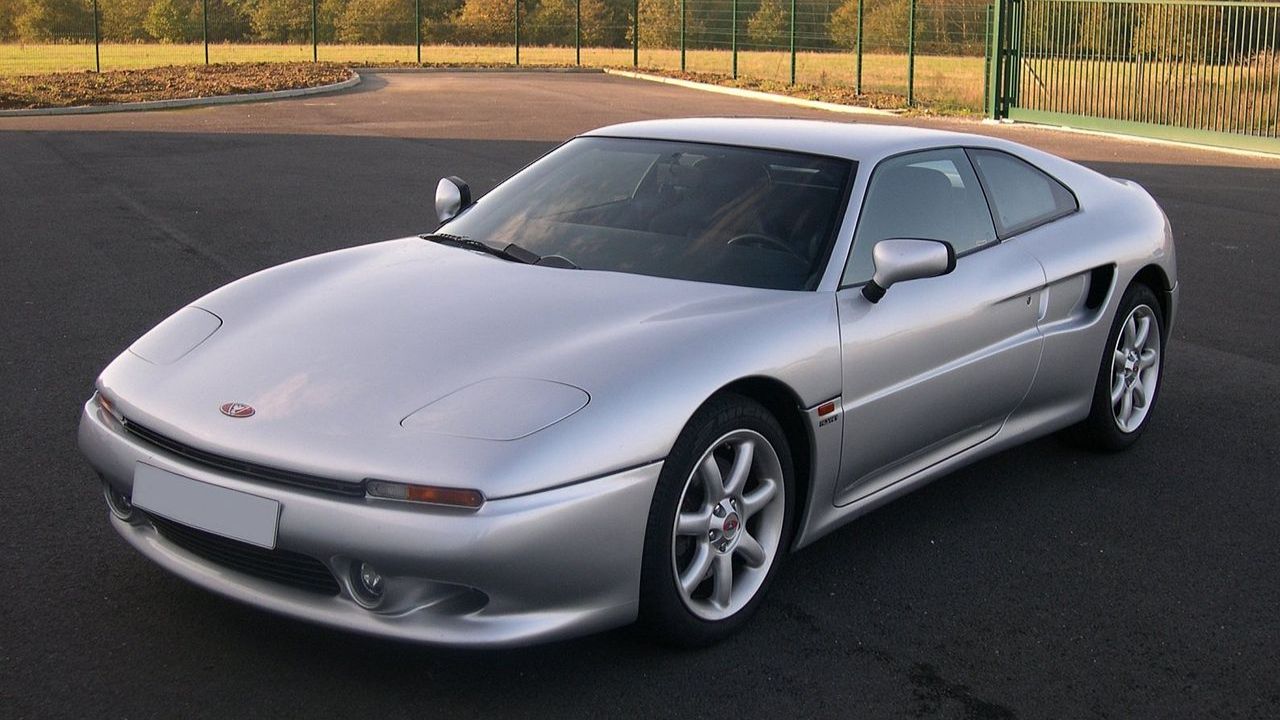
French automaker Venturi introduced the Atlantique 300 in 1996, showcasing a perfect blend of performance and elegance. Powered by a twin-turbocharged 3.0-liter V6 engine, it produced 281 horsepower, offering a top speed of 170 mph. The Atlantique’s lightweight construction and balanced handling made it a joy to drive.
Despite its capabilities, Venturi struggled with brand recognition outside of France, leading to limited production numbers. The Atlantique 300 remains a rare find today, appreciated for its sleek design and the driving pleasure it offers. It’s a testament to Venturi’s ambition to compete with more established European sports car manufacturers.
Lister Storm
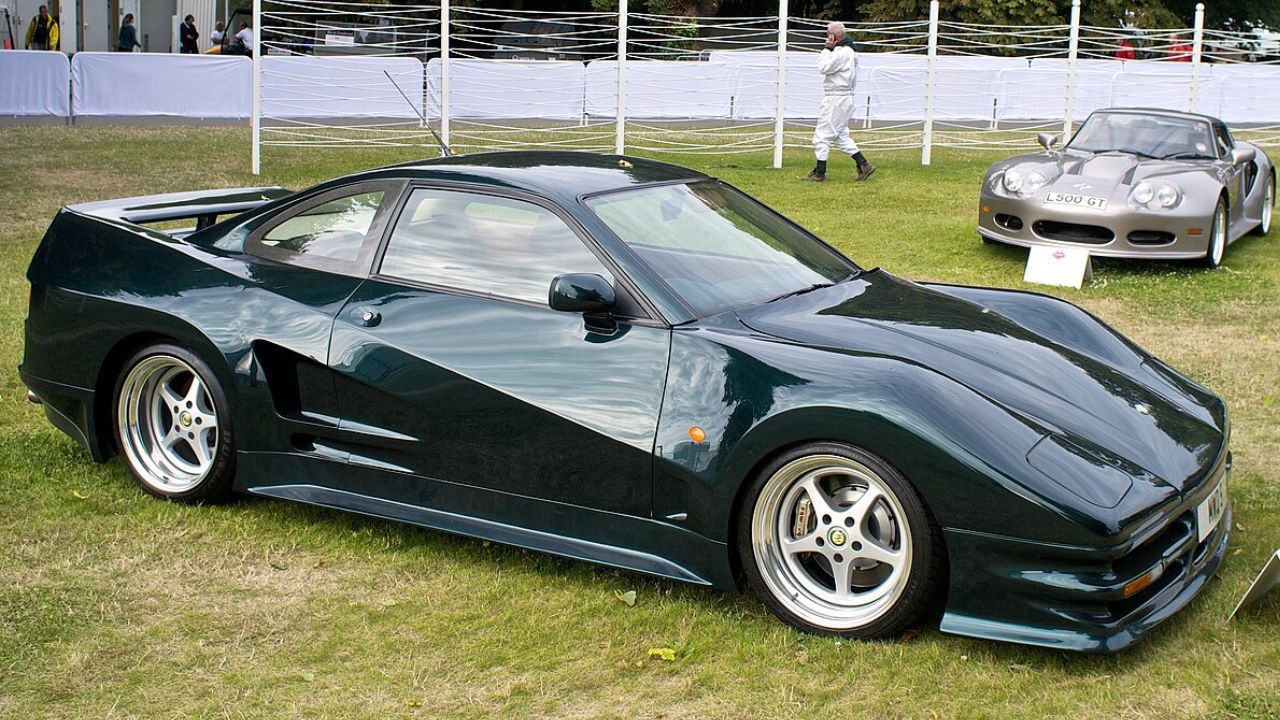
The Lister Storm was a British supercar that left an indelible mark in the 1990s. Introduced in 1993, it was powered by a massive 7.0-liter Jaguar V12 engine, producing 546 horsepower. This propulsion gave the Storm a top speed of 208 mph, making it one of the fastest four-seaters of its time.
The Lister Storm was primarily known for its success in motorsport, particularly in endurance racing. Although only a handful were made for road use, its racing pedigree and unique engineering make it a notable mention in the world of supercars. Today, it is a rare collectible, revered for its power and racing heritage.
Like Fast Lane Only’s content? Be sure to follow us.
Here’s more from us:
*Created with AI assistance and editor review.

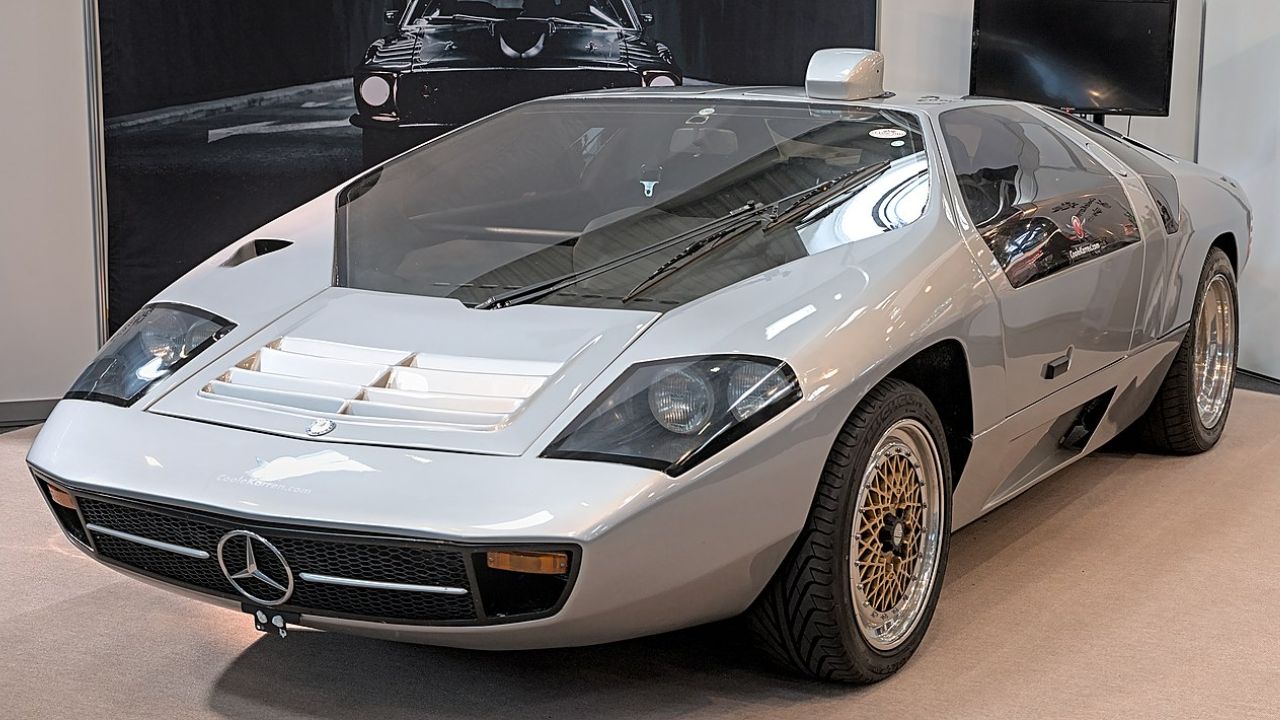
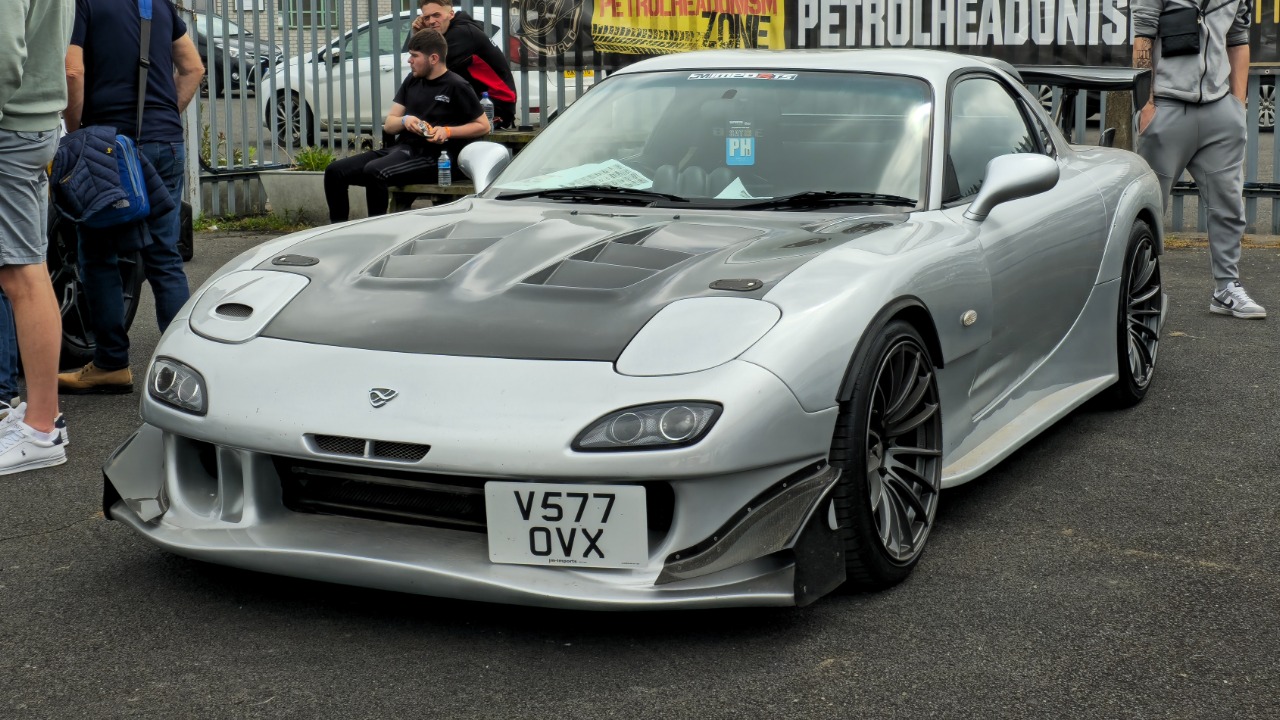
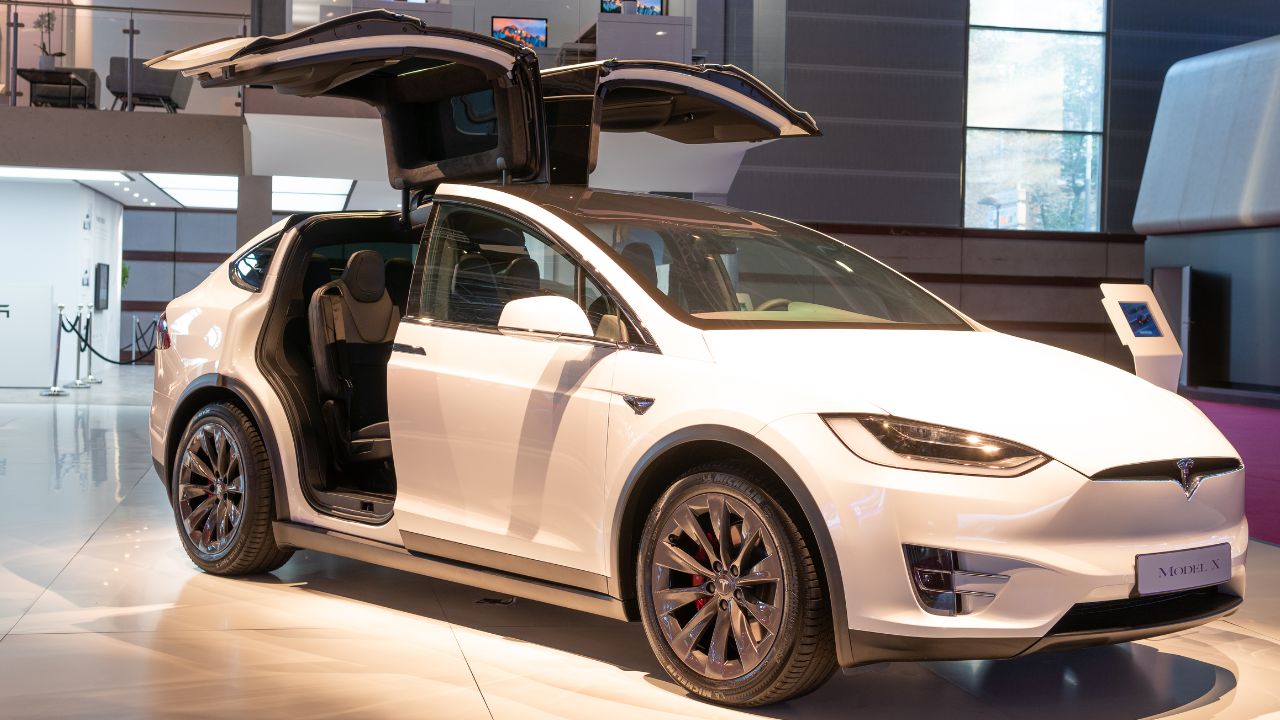

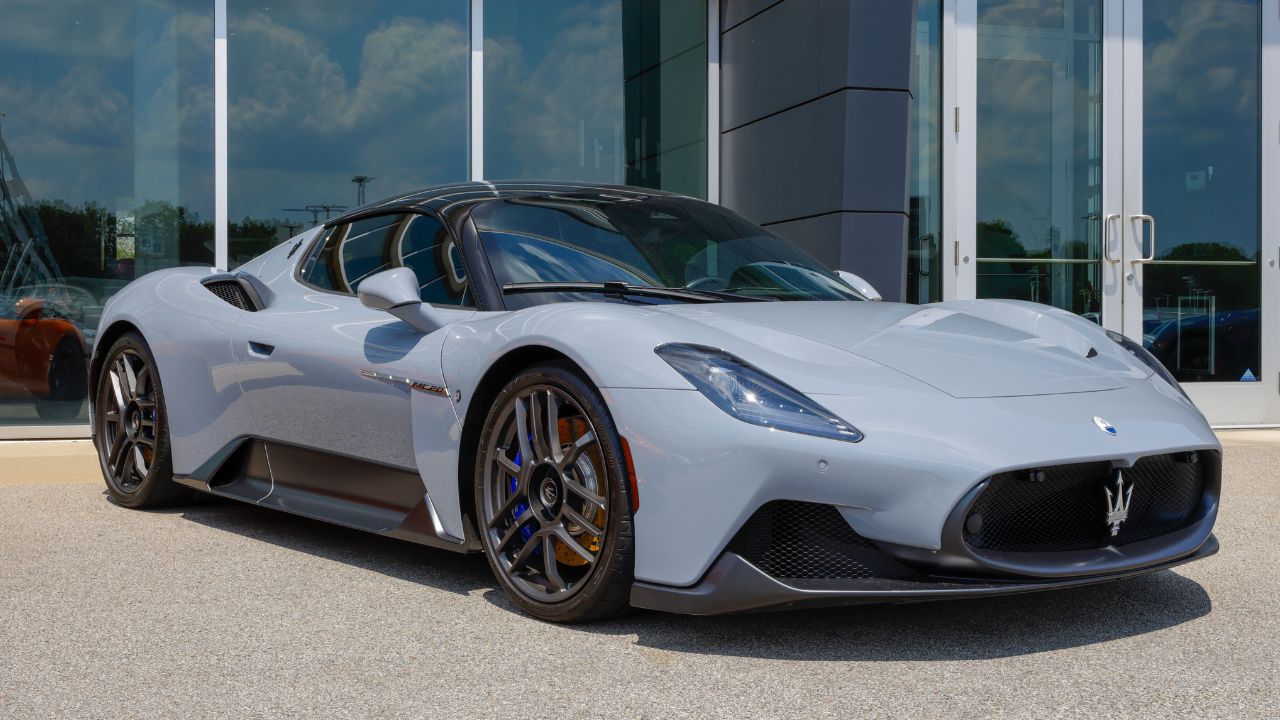
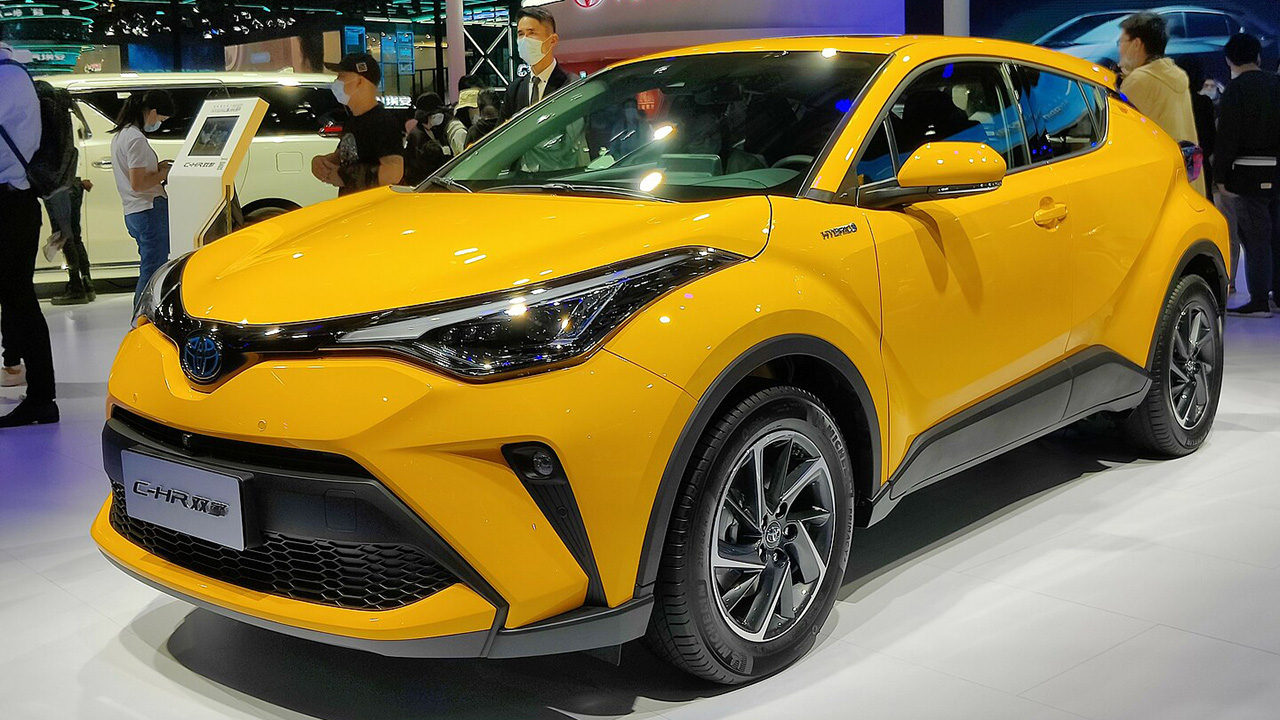
Leave a Reply